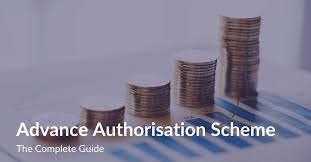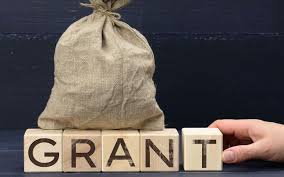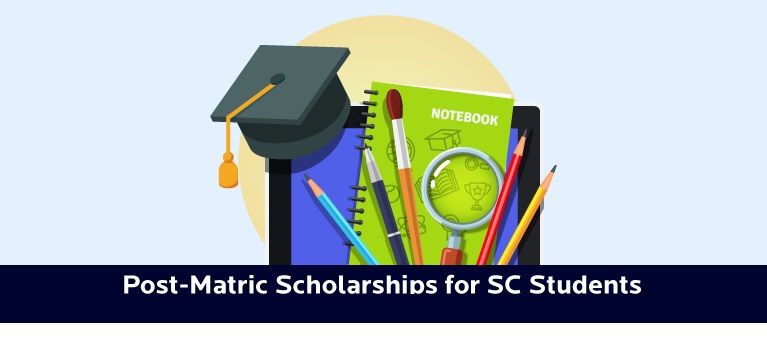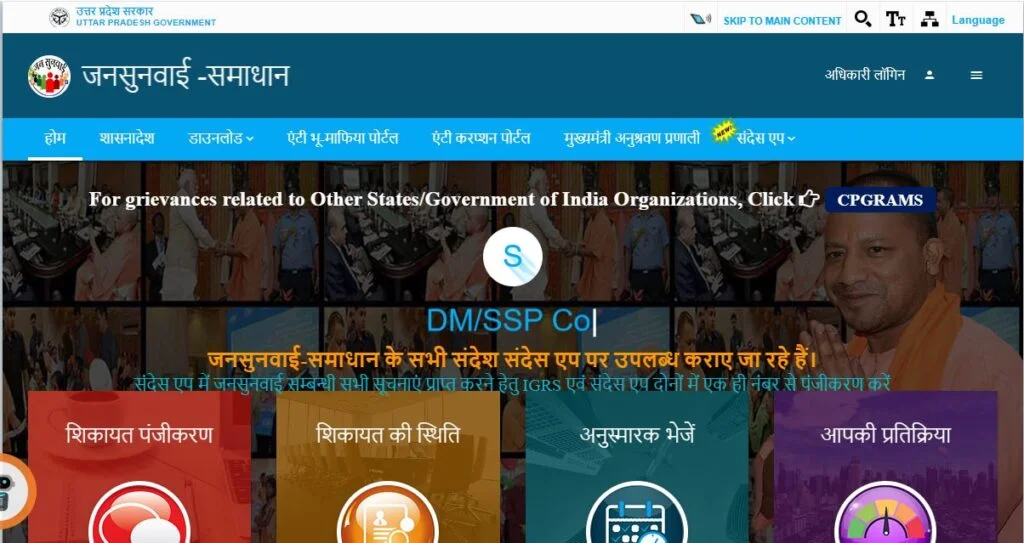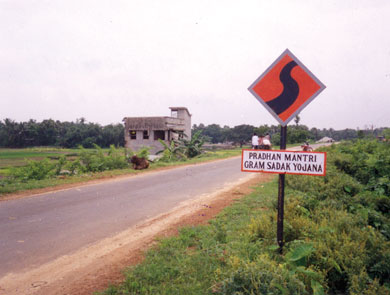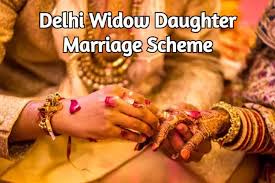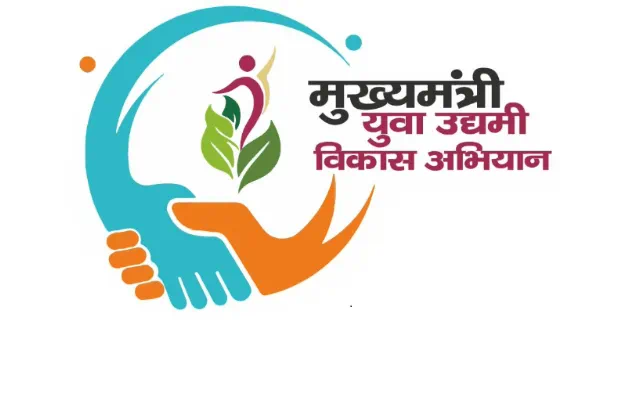Advance Authorization Scheme
Advance Authorisation is issued to allow duty free import of input, which is physically incorporated in export product (making normal allowance for wastage). In addition, fuel, oil, catalyst which is consumed / utilized in the process of production of export product, may also be allowed. Authorisation shall be issued in accordance with the Policy and […]
